In this article we explore natural approaches to pain relief. Investigating the mechanisms of pain production within the body to further understand the body from a holistic point of view.
Ultimately, examining how the mind, body, and spirit influence pain. We have been conditioned to think that the only way to pain relief is through a pain killer, injection, ablation, or surgery.
When there is significant damage, this can provide instant relief. However, there are other methods to addressing pain that are much less invasive. We will explore a number of these methods throughout this newsletter.
ANATOMY OF PAIN 101
Pain is often associated with tissue injury. However, it is possible for pain to occur without an injury at all. There are many parts of the nervous system involved in perceiving pain. Each can be categorized into two main groups: the peripheral and central nervous system.
The peripheral nervous system consists of the pain nerve endings in your skin, muscles, tendons, fascia, blood vessels organs (viscera) and nerves that enter the spinal cord.
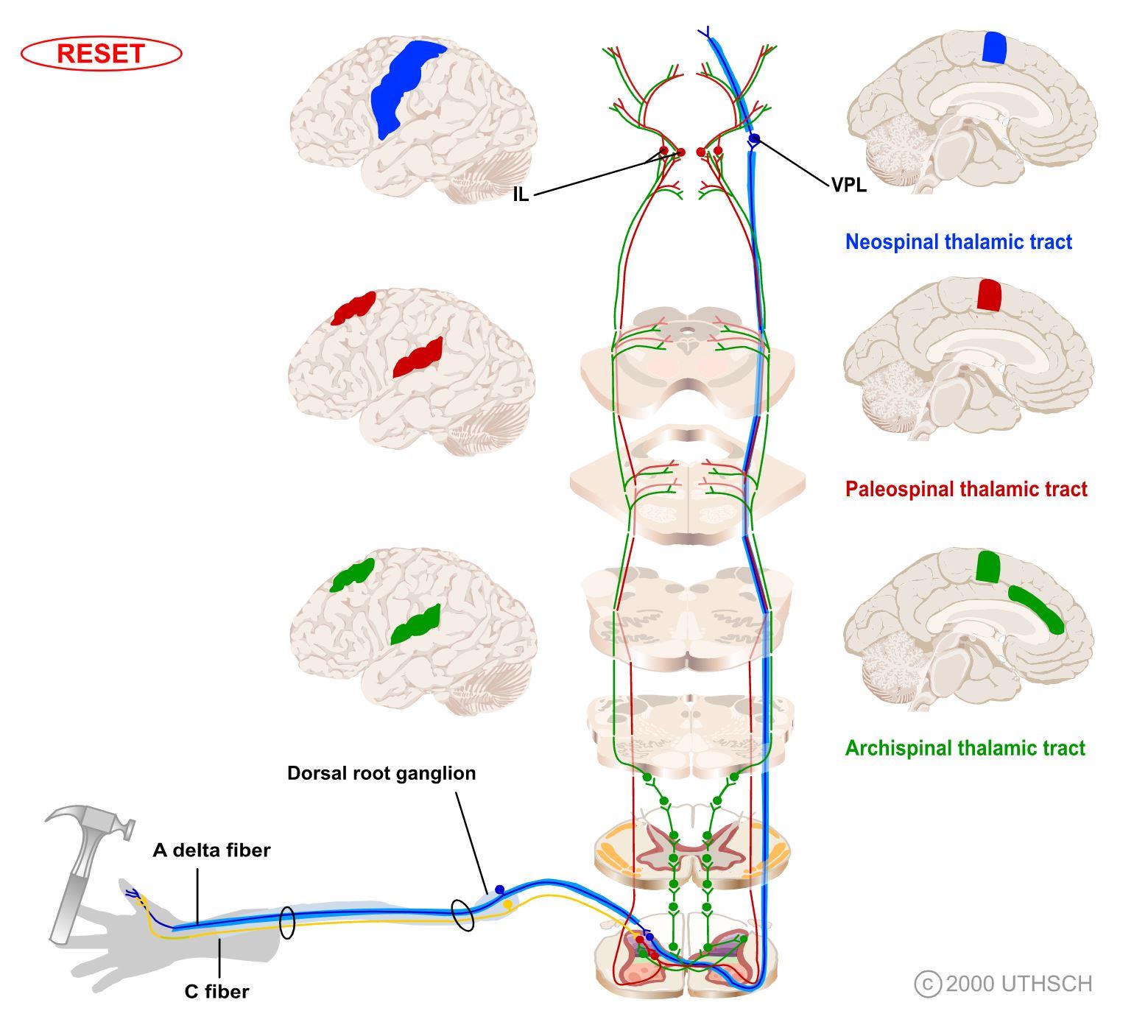
Image 1: Spinal Cord – Consists of Central Figures in Diagram
The central nervous system consists of the nerves in the spinal cord and brain. There are three main pathways that conduct pain signals. Once the signals pass through the spinal cord they are distributed throughout various parts of the brain. So, pain signals an be manipulated at the nerve ending, the dorsal root ganglion, spinal cord, and brain.
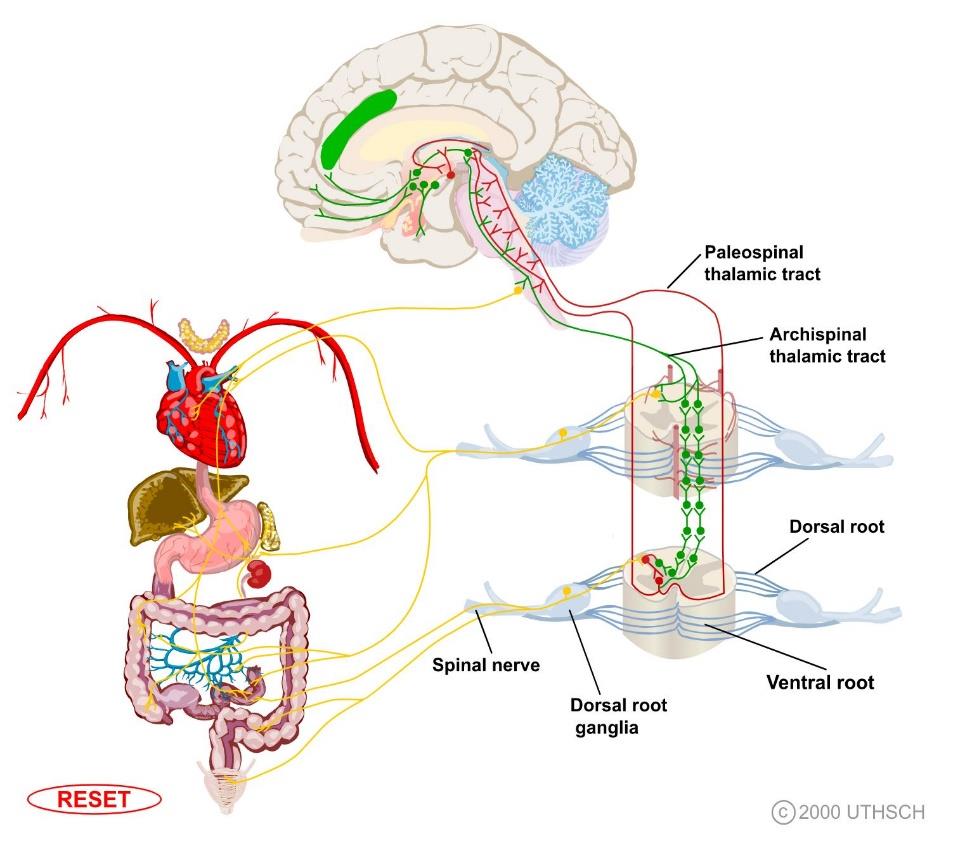
Image 2: Connections of the Spinal Cord
Pain can also come from the viscera or organs. These pain signals can “overlap” with other nerve pathways in the spinal cord and brain. This can lead to referred pain from the organs to what appears to be in different parts along the spine and other musculoskeletal areas.
For example, heart issues refer pain to chest and left arm or neck. The stomach can refer pain to the chest and back. The gall bladder can refer in to the right midback.
Additionally biochemical, metabolic, and emotional factors impact the nervous system at different levels and influence both pain perception and intensity.
Once again, it is important that we attempt to identify the underlying reasons for inflammation to different tissues in the body, especially nerve tissue!
NATURAL AND MINIMALLY INVASIVE APPROACHES TO PAIN
Below is a concise list of natural treatments for pain. Next, we will discuss the different approaches and how each can reduce pain.
❖ Chiropractic
❖ Acupuncture
❖ Cold or Low-Level Laser
❖ Special Topicals
❖ Electrical Stimulation & TENS
❖ Mindful/Cognitive Techniques
Chiropracitc

By restoring better biomechanics to the area, chiropractic reduces mechanical irritation and strain to the structures of your joints and surrounding tissues. Moreover, it reduces mechanical and subsequent biochemical inflammation to the nerve fibers and the fascial envelope found around nerves (epineurium, meningeal sleeves, and dura).
Additionally, chiropractic treatment promotes positive changes in the input from sensory nerves found in muscles, fascia, tendons, ligaments, and blood vessels. Interestingly, the input from these sensory nerve endings in the joint structures has a profound modulating effect on the nerves that conduct pain signals at the level of the spinal cord and brain.
Furthermore, chiropractic improves blood flow in the treatment area, and it can alter the muscular tone, reducing painful spasms of the region being treated and other areas as well.
Acupuncture

Science continues to explore the mechanisms behind acupuncture for a better understanding of how it effects the nervous system and reduces pain. We will investigate some of the collective insights around this traditional chinese medicine.
Performing acupuncture can stimulate and modulate “bioactive chemicals” in the peipheral nerves and surrounding tissues, nerves at the level of the spinal cord, and also in the brain.
Therefore, it is interesting to note that it affects more than simply the area in which the acpuncture needle is inserted. Additionally, some of the “bioactive compounds” are natural opioids, cytokines, other small proteins (peptides) cholecystokinin, glutamate, gamma-amino butyric acid (GABA), 5-hydroxytryptophane, serotonin, norepinephrine.
The latter five are neurotransmitters and can also influence the conductance of pain nerve signals along the neural membrane.
Furthermore, research has revelead that acupuncture can have an effect on the pain nerve pathways, autonomic nerves (sympathetic and parasympathetic) and in the brain by a group of compounds called neurotrophins. Neurotrophins have a direct influence on the neural activity, nervous system adaptability and on the repair of nerve tissue whether from trauma or neural degenerative problems.
Low Level Laser/Cold Level Laser
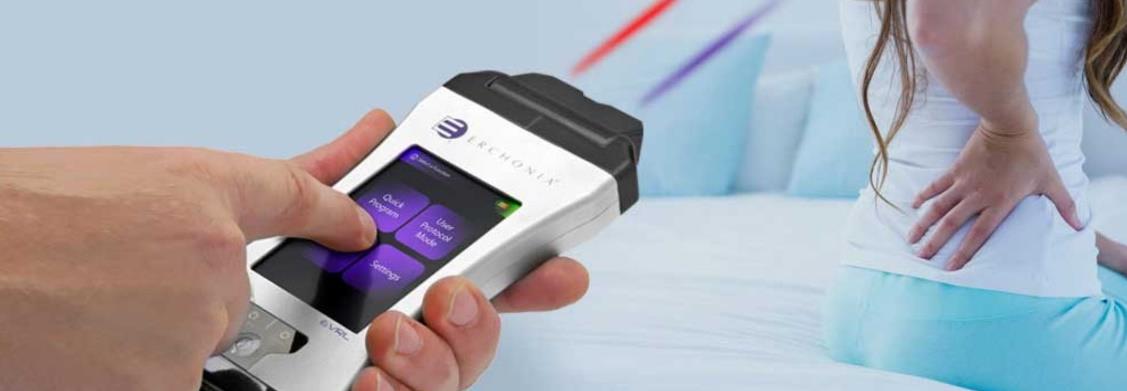
Cold Level Laser, which is also known as Low Level Laser, is fascinating technology. Incorporated within our office, these low powered lasers have an effect on tissues and nerve signaling pathways due to a process called photomodulation.
The laser is non-surgical, does not produce heat, and is known as a painless therapy. So how does a low level laser work? Lasers release focused coherent light particles, unlike LED’s that disperse and scatter.
At the correct wavelength and power, the laser’s light particles called photons, can stimulate certain types of compounds known as chromophores. The chromophores are often found in the cell membranes and within the tiny structures of cells called mitochondria, responsible for producing most of the energy in our cells.
When stimulated these chromophores often release other messenger molecules or initiate a cascade of physiological changes directly themselves. Many of these changes can decrease pain and reduce inflammation.
Effects of Low Level Laser
A. Decreases inflammation of nerve, surrounding tissues, and glial cells
B. Stimulates production of main antioxidantin body – glutathione
C. Decreases free radicals and oxidative stress
D. Increases production of natural opioids in brain and spinal cord
E. Increases nerve regeneration, and neurotrophins
F. Increases blood flow and circulation
G. Increased oxygen consumption of cells and improves metabolism
H. Increases levels of serotonin
I. Modulates cytokine production
J. Affects membrane potential, ion channel and synaptic activity
Having the proper nutrients and balanced biochemistry of the tissues is crucial for a more effective response to low level laser treatment.
Special Topicals
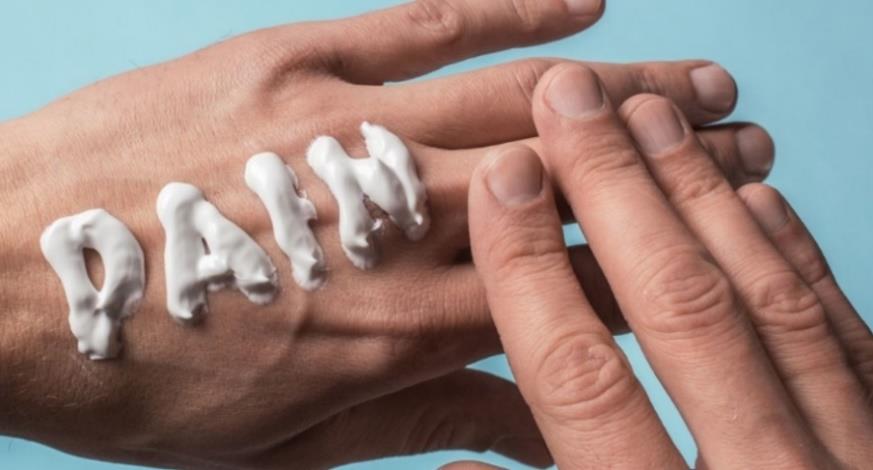
Most people are familiar with some of the non-drug topicals for pain relief such as Ben-gay, Icy-Hot, Tiger Balm, and Bio Freeze. Many of these type of topicals contain compounds called counterirritants such as capsaicin, camphor, eucalyptus, menthol, wintergreen (methyl salicylate), peppermint, and garlic.
The counter irritants produce a heating or cooling sensation. This activates the thermal receptors which can block pain nerve conduction locally and possibly block or reduce pain at the level of the spinal cord. They may also have a local effect on sensory nerve endings. However, most of these susbstances only give temporary relief.
Additionally, capsaicin (derived from chili peppers), has been shown to reduce or deplete a compound around pain nerve endings called substance P. Substance P is released in response to trauma, injury or other noxious activities.
Furthermore, there are other types of over the counter topical analgesics that contain NSAID’s or analgesics such as lidocaine. Some examples are voltaren gel, Apercreme, and Salonpas. These are considered pharmaceticals and do little to reduce inflammation, but instead help to reduce pain.
Arnica gel has compounds in it called sesquiterpene lactones that are anti-inflammatory, reduce the production of inflammatory cytokines and some other destructive enzymes called collagenases. This can be applied topically full strength or homeopathically.
Lastly, there are a variety of specialized topicals that get readily absorbed through the skin. They contain compounds that alter the tissue environment around the area of nerve pain and inflammation. They alter the pH and sugars around the nerves and inflammed tissues.
By changing the tissue environment, the topicals reduce the noxious irritation to the pain nerve endings and reduce the transmission of pain signals to the rest of the nervous system. Similarily, they also contain natural anti-inflammatory compounds. Non- harmaceutal topicals are availaible within our office.
CBD or cannabidiol that is derived from hemp is available without a prescription in an oral or topical lotion. Research shows that these compounds appear to affect endocannaboid sytem (ECS) of the body.
There are many endocannaboid receptors in the body and particularly they are found in the nervous system, brain, connective tissues, organs, glands and immune system.
CBD can modulate pain via the peripheral nerves, spinal cord and brain. Also, CBD appears to have ant-inflammatory properties. If you are interested, we carry a few high quality products that contain CBD within our office as well.
Electrical Stimulation and TENS
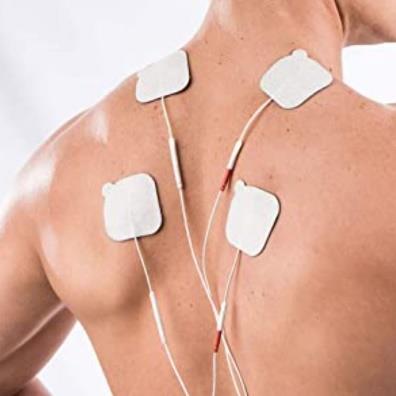
There are a number of different electrical stimulation therapies available at our office, but we prefer utilizing interefential current (IFC) for pain and reduction of inflammation or edema.
IFC is more comfortable than many other types of electrical therapies and has no stated negative side effects. Nevertheless, some patients with pacemakers or other electrical devices cannot get this type of non-drug pain treatment due to the potential interference of electrical signals.
Additionally, IFC is great for acute and chronic pain. It is known as a deeper and stronger form of stimulation than TENS (Transcutaneous Electrical Nerve Stimulation).
Both forms of electrical stimulation, IFC and TENS, help to produce natural pain killers and modulators of pain such as endorphins and enkephalins. Both therapies modify the pain signals reaching the brain at the level of the spinal cord by stimulating certain large nerve fibers. Doing so reduces the transmission of pain from smaller nerve fibers. This is referred to the Gate Control Theory of Pain Conductance.
Although, both treatments can reduce pain significantly, a TENS unit has less of an effect on inflammation than IFC therapy.
Cognitive and Behavioral Modification
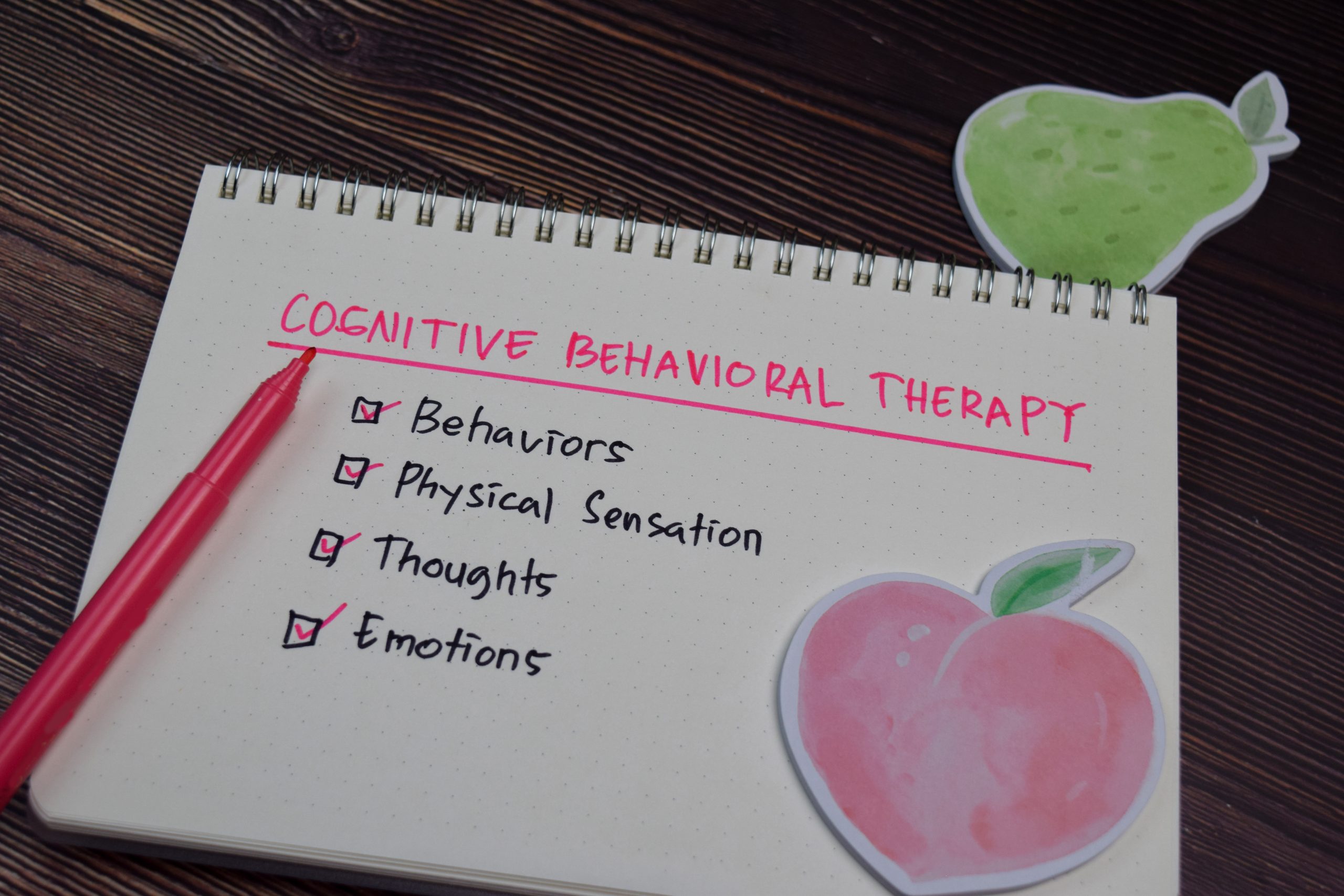
This approach to pain is expansive and has any working parts and we may explore some of these in a future newsletter. Suffice to say that the brain/mind is very powerful and can have a huge influence on the interpretation of pain signals reaching the brain.
The brain can also influence or predispose the body to pain by it’s effect on the autonomic nervous system, immune system, hormonal system and musculoskeletal system.
CONCLUSION
In summary, there are many different non- harmaceutical approaches to pain that should not be overlooked. Each can be incorporated with a pharmaceutical approach or as a stand alone treatment.
Many of you may be surprised to learn that these other approaches can be very effective. We must remember that the journey to recovery can take some time, especially, if the underlying cause of the pain being pursued is inflammation.
If you are struggling with pain, I encourage you to call our office for an appointment. We will evaluate you to see which natural approaches will be best suited for your needs. Call our office at (480) 732-0911. We are happy to help.
Best of Health,
James D. Reade, DC CFMP
References
Image 1:
Image adapted from The University of Texas Health Science Center at Houston (UTHSCH), © 2000
Image 2:
Courtesy of Neuroscience Online, The University of Texas Health Science Center at Houston, 2008, UTHSCH

